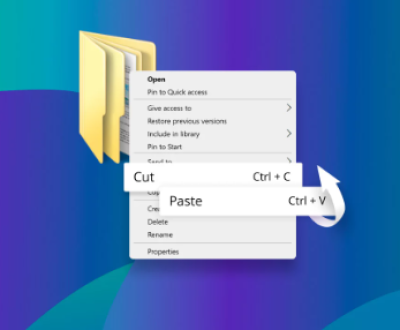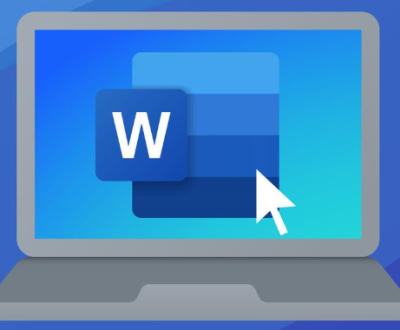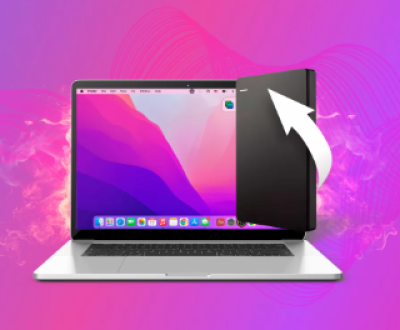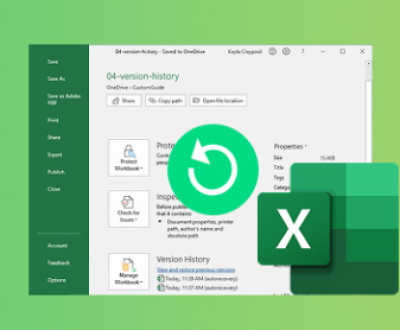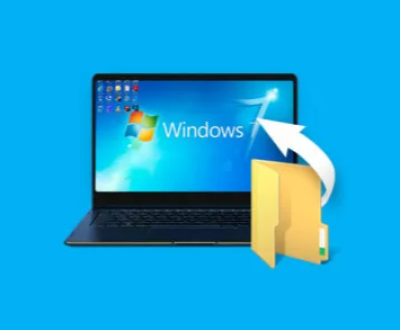Method 1: Use the “Recover Unsaved Documents” Feature in Word
Open Word: Launch Microsoft Word. If the program was open when the issue occurred and auto recovery files are available, you may see a “Document Recovery” pane on the left side of the screen.
Check the “File” Tab: If the “Document Recovery” pane doesn’t appear automatically, click on the “File” tab in the top left corner of the Word window.
Go to “Info”: In the “File” menu, select “Info”. Here, you should look for an option that says “Manage Document” or “Manage Versions” (the exact wording may vary depending on your version of Word).
Click “Recover Unsaved Documents”: Under “Manage Document” or “Manage Versions”, you’ll find an option called “Recover Unsaved Documents”. Clicking this will open a window showing a list of unsaved documents that Word has auto recovered.

Select and Open the File: Browse through the list and find the document you want to recover. Double-click on it to open the auto recovery file.
Save the Recovered File: Once the file is open, immediately save it to a location of your choice by clicking the “Save” button in the “Quick Access Toolbar” or by using the “Save As” option in the “File” menu.
Method 2: Locate the AutoRecovery Folder Directly
Determine the AutoRecovery Folder Location: The location of the AutoRecovery folder depends on your operating system and version of Word:
Windows 10/11 and Word 2016/2019/365: The default location is usually C:\Users\[Your Username]\AppData\Roaming\Microsoft\Word.
Windows 7 and Word 2010/2013: It’s often C:\Users\[Your Username]\AppData\Roaming\Microsoft\Word as well.
macOS and Word for Mac: The auto recovery files are typically stored in ~/Library/Containers/com.microsoft.Word/Data/Library/Application Support/Microsoft/Office/Autosave.
Access the Folder: Open File Explorer on Windows or Finder on Mac. Navigate to the appropriate folder as determined in the previous step. If the “AppData” or “Library” folder is hidden, you may need to enable the display of hidden files and folders.
On Windows: In File Explorer, go to the “View” tab and check the box next to “Hidden items” to show hidden files and folders.
On Mac: In Finder, you can use the shortcut Command + Shift +. to toggle the visibility of hidden files and folders.
Find the AutoRecovery Files: In the AutoRecovery folder, look for files with names that match the documents you were working on or files with a .asd extension. These are the auto recovery files.
Open and Save the Files: Double-click on the auto recovery file to open it in Word. Then, save the file to a desired location using the “Save” or “Save As” option in Word.
Method 3: Use the “Open” Dialog Box to Search for AutoRecovery Files
Open the “Open” Dialog Box: In Word, click the “File” tab and then select “Open”. You can also use the shortcut Ctrl + O on Windows or Command + O on Mac.
Navigate to the AutoRecovery Folder: In the “Open” dialog box, use the file path navigation to go to the AutoRecovery folder. The process is the same as described in Method 2 for locating the folder based on your operating system and Word version.
Filter and Select Files: In the “Open” dialog box, you can use the file type filter to show only auto recovery files. Look for an option to filter by file type and select “All Files” or specifically look for files with the .asd extension.
Open and Save the Recovered File: Select the auto recovery file you want to open and click the “Open” button. Once the file is open in Word, save it immediately to a new location to avoid losing any changes.
Method 4: Use the “Recent Files” List in Word
Access the “Recent Files” List: Click the “File” tab in Word. The “Recent Files” list is usually displayed on the left side of the “File” menu.
Check for AutoRecovery Files: Scroll through the “Recent Files” list. Sometimes, auto recovery files may appear in this list with a title like “Recovered [Document Name]” or something similar.
Open and Save the File: If you find the auto recovery file you need in the “Recent Files” list, click on it to open it in Word. Then, save the file to a suitable location using the “Save” or “Save As” option.
Method 5: Use the “Options” Menu in Word to Locate AutoRecovery Files
Open Word Options: In Word, click the “File” tab and then select “Options” at the bottom of the menu.
Go to the “Save” Tab: In the Word Options window, select the “Save” category on the left side.
Check the AutoRecovery Location: In the “Save” tab, look for the “AutoRecover file location” field. This shows the path where Word stores auto recovery files.
Navigate to the Location: Use the file path provided in the “AutoRecover file location” field to navigate to the folder in File Explorer (Windows) or Finder (Mac) as described in Method 2.
Open and Save the Files: Locate the auto recovery files in the folder, open them in Word, and save them to a new location.
Method 6: Search for Files Using Windows Search or Spotlight on Mac
On Windows:
Open Windows Search: You can do this by clicking the magnifying glass icon in the taskbar or by pressing the Windows key + S.
Enter Search Terms: Type in the name of the document you’re trying to recover or use keywords like “AutoRecovery” and the name of the Word file. You can also try searching for files with the .asd extension.
Check the Results: Look through the search results to find the auto recovery file. Once you’ve located it, double-click on it to open it in Word and then save it.
On Mac:
Open Spotlight: Press Command + Space to open Spotlight.
Enter Search Terms: Enter the name of the document or relevant keywords as you would on Windows.
Review and Open the File: In the Spotlight search results, find the auto recovery file and double-click to open it in Word. Then, save the file to a safe location.
About us and this blog
Panda Assistant is built on the latest data recovery algorithms, ensuring that no file is too damaged, too lost, or too corrupted to be recovered.
Request a free quote
We believe that data recovery shouldn’t be a daunting task. That’s why we’ve designed Panda Assistant to be as easy to use as it is powerful. With a few clicks, you can initiate a scan, preview recoverable files, and restore your data all within a matter of minutes.
Subscribe to our newsletter!
More from our blog
See all postsRecent Posts
- How to restore lost files on sd card 2025-07-03
- How to restore lost files 2025-07-03
- How to restore lost word document 2025-07-03

 Try lt Free
Try lt Free Recovery success rate of up to
Recovery success rate of up to


